Various Notes:
Sacher Torte
A chocolate cake invented by Franz Sacher for Klemens Wenzel von Metternich, a famous Austrian policitian in Vienna, Austria. In 1887, 200-400 were baked a day at Hotel Sacher for Berlin, Paris and London. These days, 12 Pastry Chefs make 500-600 per day and as many as 3000 around Christmas.
The Torte consists of two layers of dense, not overly sweet chocolate dough with a thin layer of apricot jam in the middle and dark chocolate icing on the sides and top. It is traditionally eaten with whipped cream, as most Viennese consider the torte too dry to be eaten without. The trademark for Original Sacher Torte was registered by Hotel Sacher, built in 1876 by the son on Franz Sacher. The recipe is a well-kept secret (reputedly four different chocolates).
Until 1965 there was a long legal battle with pastry shop Demel who also produced Original Sacher Torte. There are a number of tales as to how Demel got the recipe, spying cooks, etc. Now Demel Sacher Torte also has jam under the chocolate icing.
MUSEUM OF FINE ARTS (Kunsthistorisches Museum)
The Museum of Fine Arts was built in 1891 near the Imperial Palace to house the extensive collections of the imperial family. With its vast array of eminent works and the largest Bruegel collection in the world, it is considered one of the most eminent museums in the world. Numerous major art works of European art history, among them Raphael’s “Madonna in the Meadow,” Vermeer’s “The Allegory of Painting” the infants painting by Velazquez, masterworks by Rubens, Rembrandt, Durer, Titian and Tintoretto are housed in the paintings gallery.
JEWISH MUSEUM
The historial exhibition of the Museum takes an unusual approach. The complex history of Jewish Vienna is recounted not through physical objects in showcases but by means of 21 holograms that visualize its crucial phases: from the medieval community to the first expulsion, from the ghetto to the integration into bourgeois society, from the Shoah to the present time. 21 glass plates reproduce excavated relics and models of synagogues, ritual objects and everyday items, clothes and furniture, pictures and films, busts, the Giant Wheel and many other things in an intangible three-dimensional form.
SPECIALTIES OF THE WACHAU VALEY: WINE AND APRICOTS
The Wachau Valley is indeed winemaking country par excellence. The region blooms during the apricot season in the Springtime and this is a wonderful time to visit. But anytims is the perfect time to savor the wonderful wines from this most delightful regions. As one of the most treasured of Austrias winegrowing areas, the Wachau produces some of the best white wines in Austria, including world-class Rieslings and some of the best Gruner Veltliners you will ever taste. Not only are the wines sublime, but the countryside is beautiful with apricot orchards and steep terraced vineyards on both sides of the river melting harmoniously into medieval villages, with the Danube itself providing a majestic backdrop to the beauty of the region.
KREMS
Krems is a small town of approximately 25,000 residents and is said to be the end of the Wachau Valley. `(to be cont’d)



























































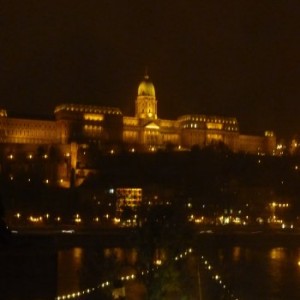
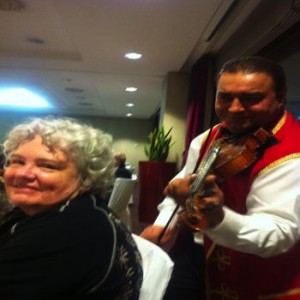































































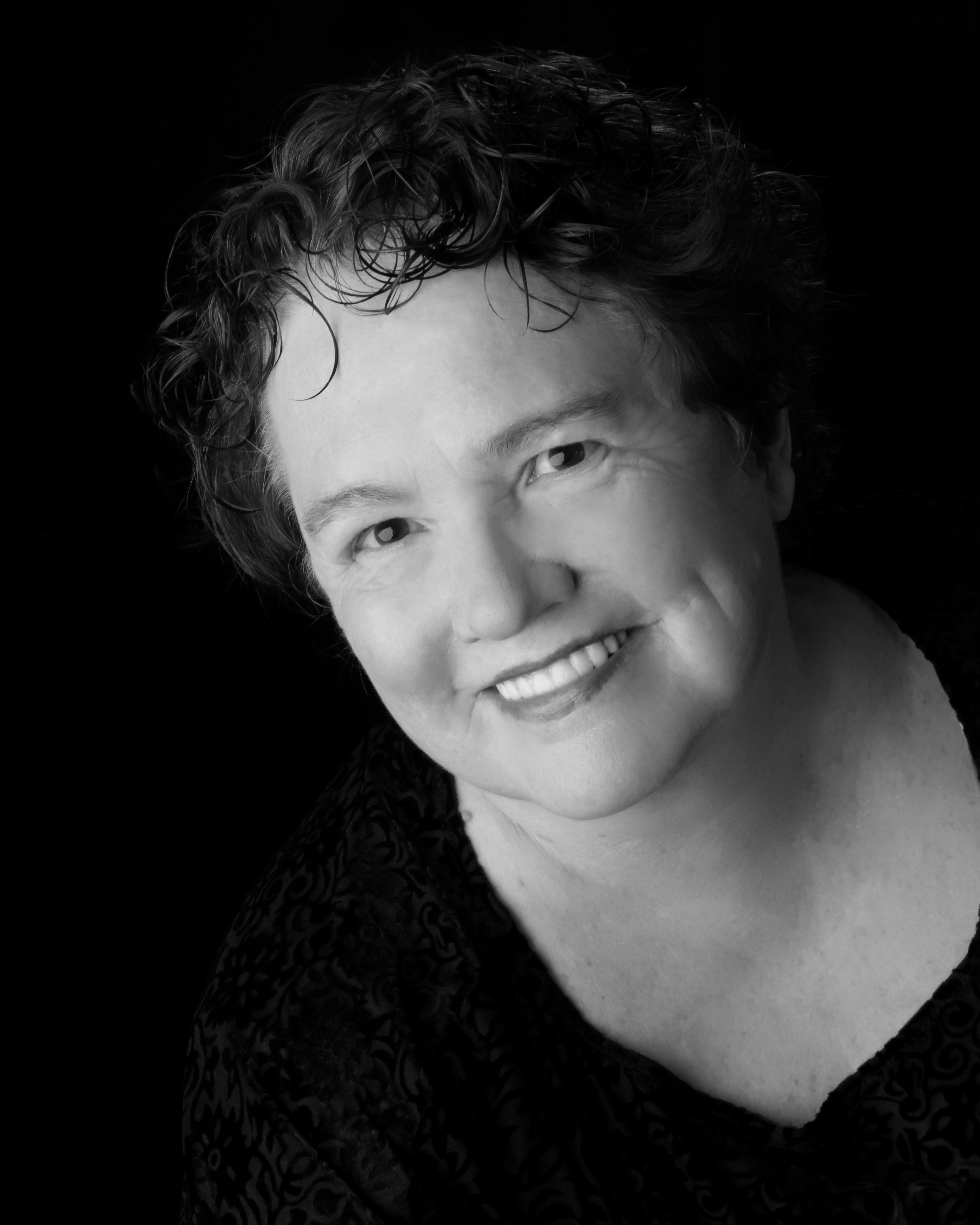
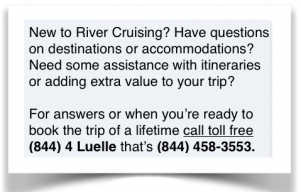
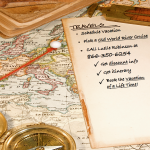
 We will never share your email and respect your privacy
We will never share your email and respect your privacy